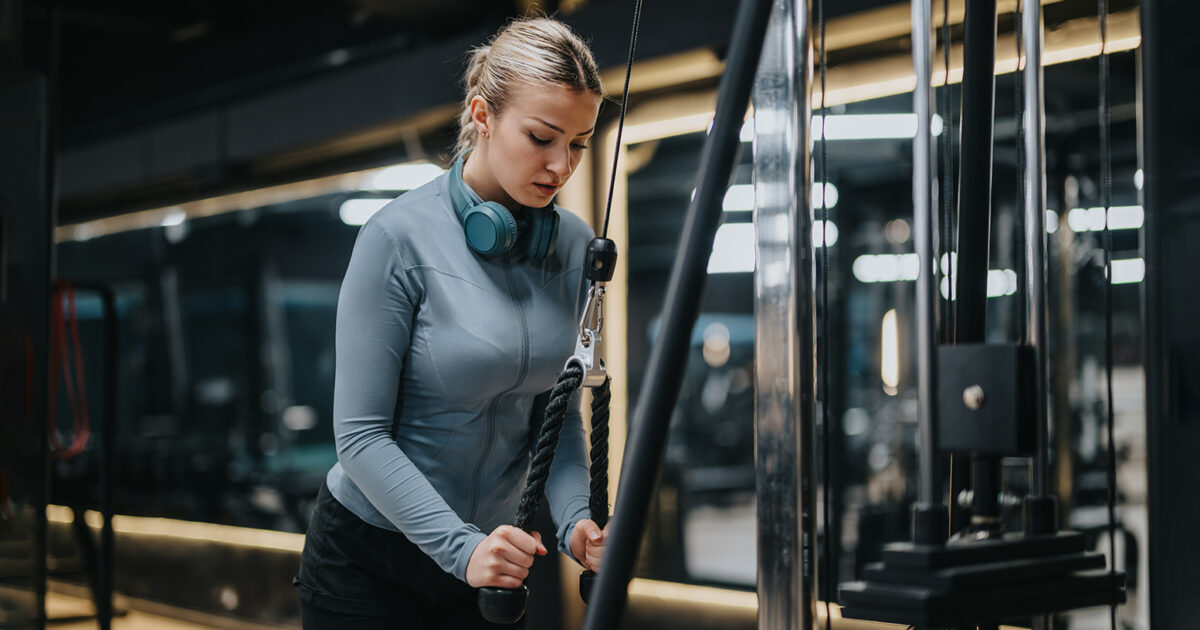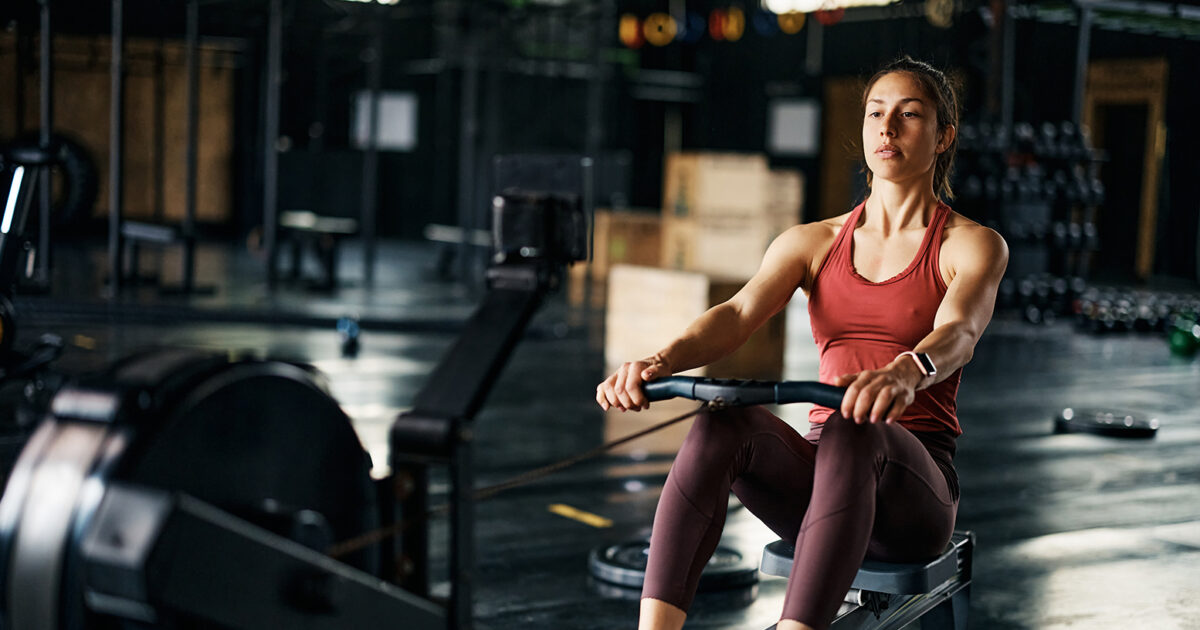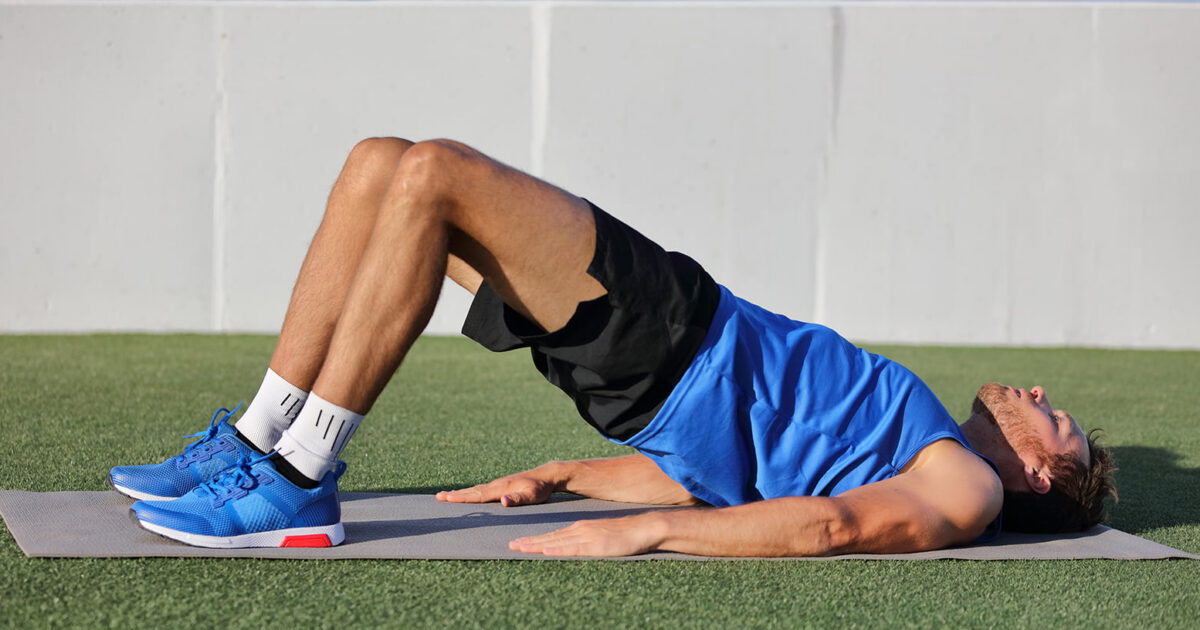The single-leg squat is a challenging variation of the traditional squat that will develop balance and strength. Here is the correct form to make it, plus why this is will improve your lower body strength.
WHAT
- The single-leg squat is a challenging progression of the traditional squat that will develop balance and strength.
- It can be a great addition to any high-intensity circuit-style workout, or where equipment/weights are unavailable.
HOW
- In a standing position, balance on one leg using your arms for balance as needed. The raised foot should be positioned just an inch off the ground – do not hold it to the front, side or back. Engage the core and keep the shoulders set.
- Start the movement by bending the hips and pushing your butt backwards. As you do so, start bending the knees until you have squatted to a comfortable position — ideally, this will be a 90-degree bend, but build up the range slowly. Take the arms forward for balance.
- Pause momentarily at the bottom before returning to the start position. Stay balanced and repeat for time or reps. Switch legs.

WHY
- We live in a world where our daily movements are often asymmetrically loaded — for example, lifting bags, carrying suitcases or bending down to lift a small child. Such actions require ‘strengthening’ just like regular symmetrical movements. Because most gym exercises tend to favour symmetrical movements, it’s essential to include asymmetrical activities regularly.
- Often when performing one-sided movements for the first time, you’ll notice a significant imbalance. E.g. “My left leg is much stronger than my right leg”. Such imbalances can often go unnoticed in daily life until the onset of pain and injury.
- One should not regard single-leg exercises such as the squat as ‘easier’ versions. While this exercise only requires body weight, you do it only on one leg — therefore your entire weight is being moved by one leg, not two. Not only does this increase the load being squatted, but the balance requirement also engages the core and deeper muscles of the hip to a greater extent. This increased muscle recruitment will also increase the heart rate quickly.
- Due to the increased balance demands and subsequent high levels of muscle recruitment needed to perform it, the single-leg squat is an excellent exercise for overcoming training plateaus. This becomes extremely useful when your strength/muscle gains start to slow down, and you need to kickstart your workouts. 2-4 weeks of including single-leg squats in your workouts may be enough to stimulate new gains in fitness and strength.
That is how you should perform a single-leg squat. Here are some other tutorials for you to master:
- Reverse lunge
- Kettlebell clean and press
- Lateral hip foam roll
- Core bag clean
- Deep squat hip out
- Angled push-up
- Abdominal hollow
- Push-up on knees
- Kneeling hip flexor stretch
- Barbell deadlift row
- Dumbbell chest press
- Kinesis chest press
- Superfunctional hamstring stretch
- Shoulder foam roll
- Lean back squat
- Inverted press
- Floor bridge
- Barbell clean and press
- Quad foam roll
- Medicine ball tornado
- Support front downward dog
- Kinesis alternate high punch
- Superfunctional glute stretch



